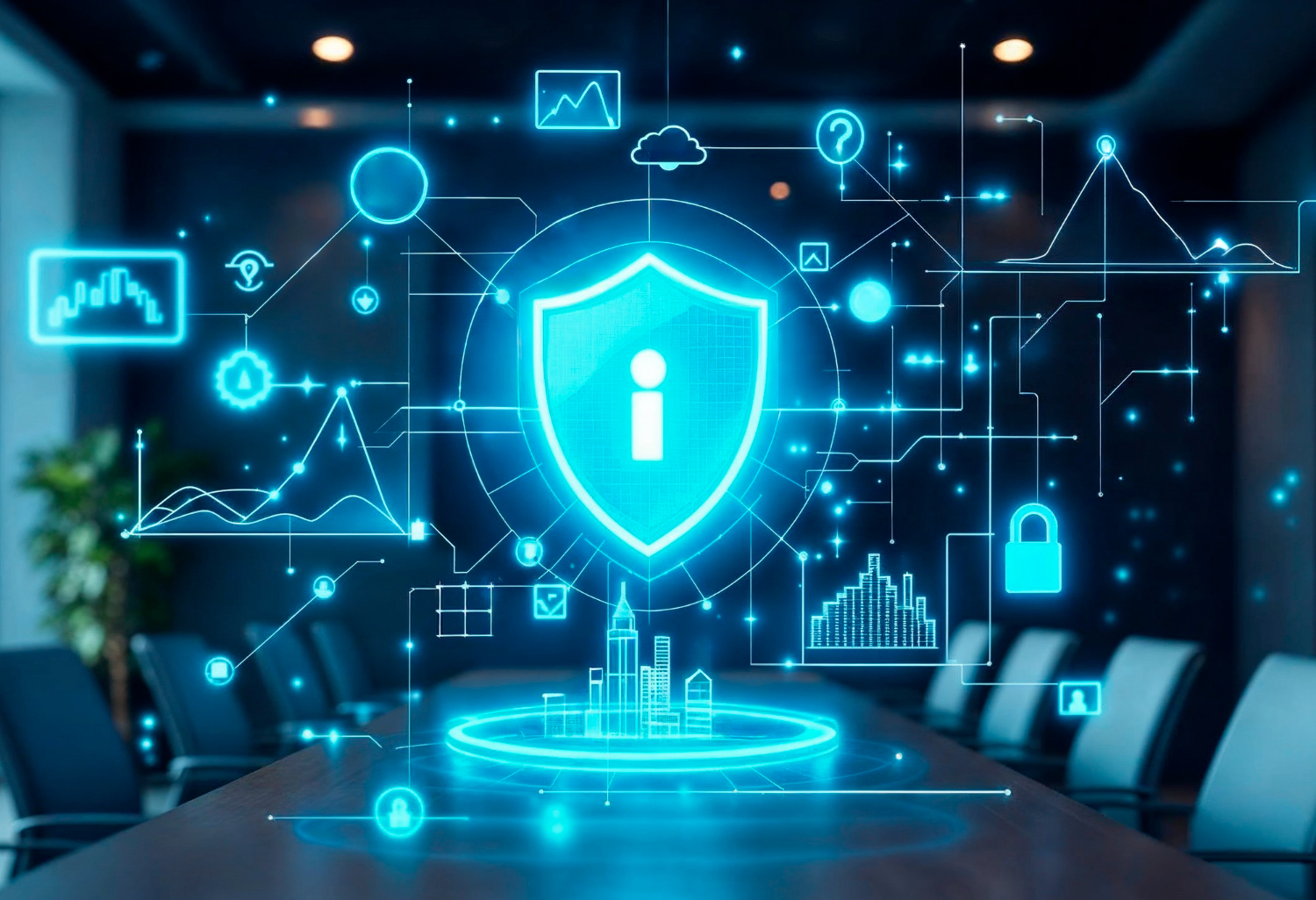Why ISO 22301 Training Is Your Secret Weapon for Cybersecurity
Picture this: It’s 2 a.m., and your phone’s buzzing like a hornet’s nest. A ransomware attack just locked down half your company’s systems. Your team’s scrambling, the C-suite’s breathing down your neck, and customers are starting to notice. You’re in the hot seat, and the clock’s ticking. Sound familiar? For cybersecurity professionals, this isn’t just a bad dream—it’s a reality we’re all one click away from. But here’s the thing: with ISO 22301 training under your belt, you’re not just fighting fires. You’re building a fortress that keeps the flames at bay.
ISO 22301, the international standard for business continuity management, isn’t just another checkbox for compliance nerds. It’s a lifeline for organizations facing disruptions—especially cyber ones. And for you, the cybersecurity pro, it’s a chance to level up, blending your tech expertise with strategic know-how to keep the business running, no matter what. In this article, we’ll unpack why ISO 22301 training is a must, what it involves, and how it can make you the hero your organization needs when chaos strikes. Ready? Let’s get to it.
What’s ISO 22301, and Why Should Cybersecurity Pros Care?
Let’s start with the basics. ISO 22301 is all about business continuity—ensuring an organization can keep its critical functions humming even when disaster strikes. Think floods, fires, or, in our world, a nasty data breach or DDoS attack. It’s a framework that helps you identify risks, plan responses, and recover fast. Sounds straightforward, right? But here’s where it gets juicy for cybersecurity folks: cyber incidents are now the leading cause of business disruptions. A 2024 IBM report pegged the average cost of a data breach at $4.88 million, and that’s just the financial hit. Add in downtime, lost customers, and reputational damage, and you’re looking at a nightmare.
So, why should you, the firewall-tweaking, threat-hunting pro, care about a “business” standard? Because cybersecurity isn’t just about stopping attacks—it’s about ensuring the business survives them. ISO 22301 bridges that gap. It teaches you to think beyond patching vulnerabilities and start asking, “What happens if we do get hit?” It’s about keeping payroll running, customer portals online, and supply chains moving, even when your servers are smoking.
Take the 2021 Colonial Pipeline ransomware attack. The company paid millions to decrypt their systems, but the real pain was the week-long shutdown that spiked gas prices across the U.S. A solid business continuity plan—backed by ISO 22301 principles—could’ve minimized that chaos. Trained staff would’ve had recovery strategies ready, from backup systems to communication plans. Instead, panic set in, and the ripple effects were brutal.
You know what’s worse? Winging it during a crisis. I’ve seen teams burn out trying to improvise recovery while executives scream for updates. It’s not just about tech—it’s about people, processes, and keeping your cool. ISO 22301 training gives you the tools to handle all three, so you’re not just a tech wizard but a strategic linchpin.
The Nuts and Bolts of ISO 22301 Training
Okay, so what does ISO 22301 training actually look like? It’s not just sitting through a dry PowerPoint or memorizing clauses (though, yeah, there’s some of that). Training programs—like those from PECB or BSI—cover the nitty-gritty of building and maintaining a business continuity management system (BCMS). You’ll learn how to:
- Spot risks: From phishing scams to natural disasters, you’ll map out what could derail your organization.
- Craft recovery plans: Think step-by-step guides to get critical systems back online.
- Test and tweak: Run tabletop exercises to find weak spots before they bite you.
- Align with compliance: Ensure your plans meet regulatory demands like GDPR or NIST.
Training comes in flavors to suit your style. Online courses let you learn at your own pace—perfect if you’re juggling a day job. In-person workshops offer hands-on practice and networking (plus better coffee). If you’re gunning for a shiny credential, go for certifications like ISO 22301 Lead Auditor or Lead Implementer. These aren’t just resume boosters; they prove you can walk the talk.
How ISO 22301 Training Boosts Your Cybersecurity Game
Now, let’s get to the good stuff: how this training makes you better at your job. Cybersecurity isn’t just about preventing breaches—let’s be real, no one’s 100% hack-proof. It’s about resilience. ISO 22301 training equips you with skills to bounce back faster and stronger. Here’s how:
- Risk radar: You’ll get scary good at spotting vulnerabilities—not just in code but in processes. Ever realize your backup server’s in the same building as your primary one? Training helps you catch those “oops” moments.
- Incident synergy: You’ll align your incident response plans with business continuity. No more IT teams working in a vacuum while operations scramble.
- C-suite cred: You’ll learn to tie cybersecurity to business goals, like keeping revenue streams flowing. That’s how you get a seat at the strategy table.
Let me share a quick story. A mid-sized retailer I know got hit with a supply chain attack in 2023. Their ERP system went down, halting orders for days. But their cybersecurity lead, fresh from ISO 22301 training, had a continuity plan in place. They switched to a backup vendor portal, kept customers in the loop, and were back online in 48 hours. Competitors? They floundered for weeks. That’s the power of being prepared.
Training also builds confidence. There’s something oddly calming about knowing you’ve got a plan. When the next zero-day exploit hits, you won’t be the one sweating bullets—you’ll be the one calmly rolling out recovery steps. And trust me, your team will notice.
Common Missteps and How Training Helps You Dodge Them
Here’s a hard truth: plenty of organizations botch business continuity. I’ve seen it—plans gathering dust, teams working in silos, or worse, assuming “IT’s got this.” ISO 22301 training helps you sidestep these traps. Let’s break down a few:
- Siloed chaos: Cybersecurity folks often focus on tech, while operations worry about profits. Training teaches you to bridge that gap, so everyone’s on the same playbook.
- Outdated plans: A continuity plan from 2019? Useless. Training emphasizes regular testing and updates, so you’re not caught flat-footed.
- Underestimating impact: A breach might seem like an IT problem, but it can tank customer trust or halt production. Training helps you quantify those risks upfront.
What’s worse than a breach? A slow, sloppy recovery. I’ve seen companies lose millions because they didn’t have a clear recovery timeline. Training drills into you the importance of recovery time objectives (RTOs) and recovery point objectives (RPOs). Fancy terms, sure, but they just mean “how fast can we get back up?” and “how much data can we afford to lose?” Get those right, and you’re golden.
Training also fosters teamwork. You’ll learn to run exercises that get IT, HR, and even marketing on the same wavelength. I remember a tabletop drill where the PR team realized they had no crisis communication plan. By the end, they were drafting press releases while IT restored systems. That’s the kind of synergy that saves companies.
Getting Started with ISO 22301 Training
So, you’re sold. Where do you start? First, pick a reputable provider. PECB and BSI are solid bets, offering everything from beginner courses to advanced certifications. If you’re on a budget, check out online platforms like Udemy for intro courses, but for certs, stick with accredited bodies.
Next, make the case to your boss. Highlight the ROI: faster recovery, lower breach costs, and happier customers. If they’re skeptical, point to stats like the 60% of small businesses that fold within six months of a major disruption. That usually gets their attention.
Here’s a pro tip: start small. You don’t need to be a Lead Auditor right away. A foundation course will give you enough to start building continuity plans. And in 2025, with cyber threats evolving faster than ever—think AI-driven attacks—there’s no better time to upskill. New regulations are also popping up, and ISO 22301 aligns with many, giving you a compliance edge.
Not sure where to find courses? Check provider websites or LinkedIn for recommendations. Some even offer free webinars to dip your toes in. Just don’t wait—cybercriminals aren’t exactly sending you a save-the-date.
Wrapping It Up
ISO 22301 training isn’t just another line on your LinkedIn profile. It’s a mindset shift that turns you from a cybersecurity pro into a resilience rockstar. You’ll learn to think like a strategist, plan like a general, and recover like a champ. In a world where cyber threats are as common as coffee spills, that’s not just valuable—it’s vital.
Think about it: the peace of mind that comes with knowing you’re ready for anything. The confidence of walking into a crisis meeting with a plan. The gratitude from colleagues when you help save the day. That’s what ISO 22301 training delivers. So, what’s stopping you? Grab a course, sharpen your skills, and become the hero your organization needs. The next 2 a.m. call might just be a chance to shine.














Post Comment